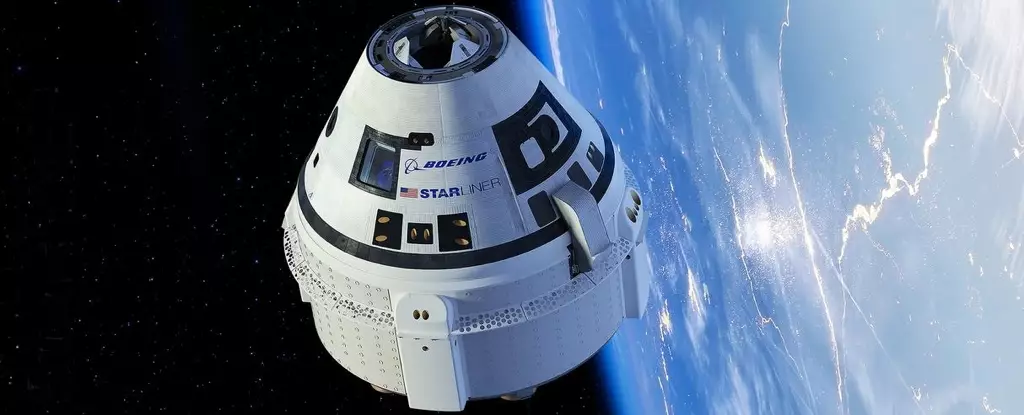Boeing’s Starliner space capsule recently made headlines for returning to Earth without its two-person crew on board, marking the conclusion of a troubled test flight to the International Space Station. The mission faced thruster failures that led NASA to deem the capsule unsafe for crewed piloting back to Earth, leaving astronauts Butch Wilmore and Sunita “Suni” Williams stranded on the space station for an extended period. The Starliner program experienced setbacks, contrasting sharply with the success of SpaceX’s Dragon crew spacecraft.
In 2014, NASA awarded contracts to Boeing and SpaceX to provide crew transport vehicles to the International Space Station through the Commercial Crew Program. While Boeing initially seemed poised to lead due to its aerospace experience, SpaceX quickly gained momentum with the Falcon 9 rocket and Dragon cargo ship. The successful launch of SpaceX’s first crew to the space station in 2020 underscored the challenges faced by Boeing in the development of the Starliner. Despite the setbacks, NASA remains committed to supporting multiple crew launch systems to sustain human space operations.
The space environment presents unique challenges that can lead to mission complications and failures. Operational issues encountered during test flights are not uncommon, as unseen problems may arise once systems are exposed to zero gravity. The technology used by SpaceX and Boeing represents a departure from earlier space capsule designs, reflecting NASA’s strategic decision to partner with commercial entities to drive innovation. While setbacks are inevitable in space exploration, the agency’s embrace of new technologies and approaches signals a bold step forward in its mission.
The prolonged stay of astronauts Wilmore and Williams on the International Space Station due to the Starliner’s return without crew has impacted mission logistics and astronaut families. The unexpected extension of their mission requires adjustments in onboard resources and consumables, posing challenges for sustaining a larger crew on the station. NASA has initiated steps to address these logistical issues, ensuring the astronauts’ well-being and the smooth operation of the space station despite the setback.
Human spaceflight remains a complex and demanding endeavor, where success hinges on countless variables aligning perfectly. NASA’s history is marked by failures and tragedies, underscoring the risks inherent in space exploration. The development of new spacecraft programs like the SpaceX Crew Dragon and Boeing Starliner represents a new era in American spaceflight, offering hope for future missions to the Moon and beyond. Despite setbacks and challenges, the enthusiasm for human spaceflight continues to grow, fueling dreams of Mars exploration and beyond.


Leave a Reply